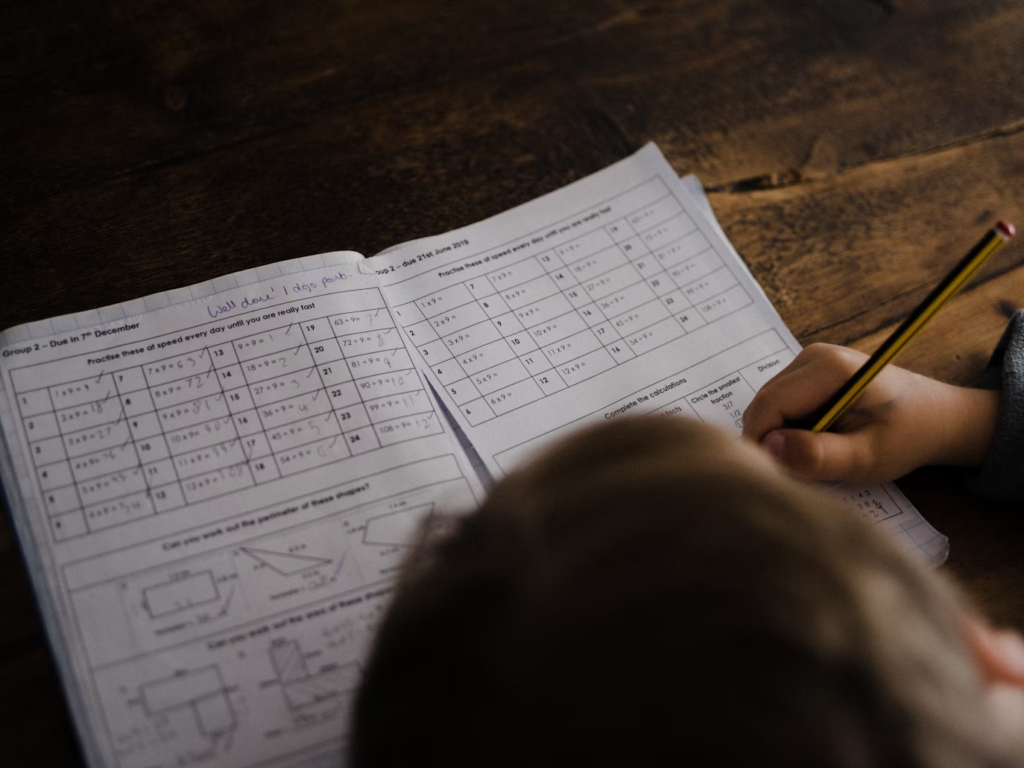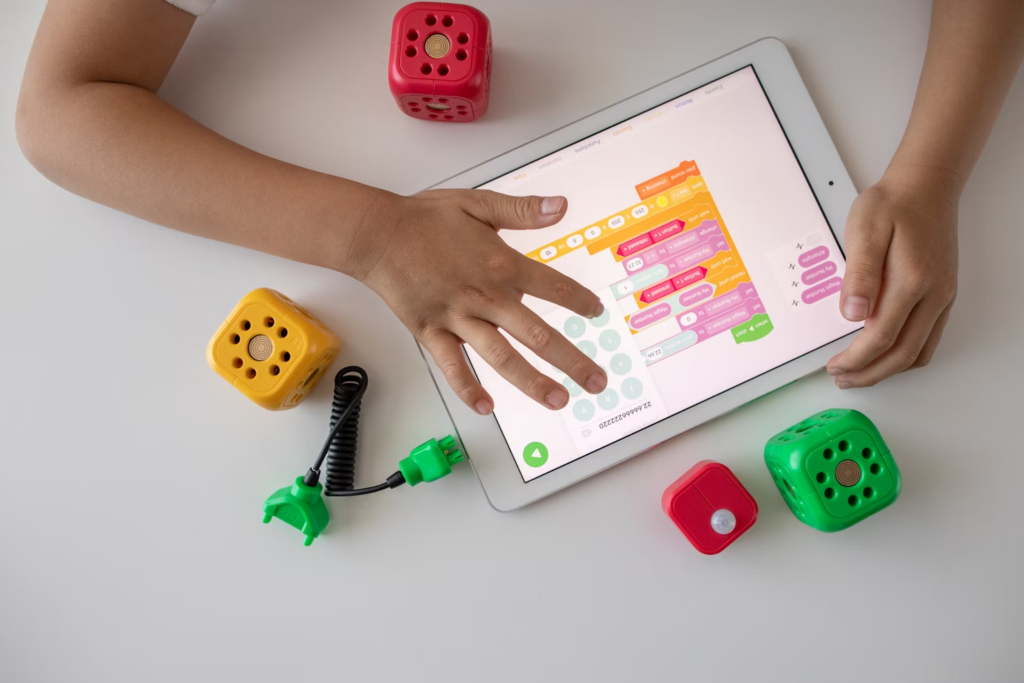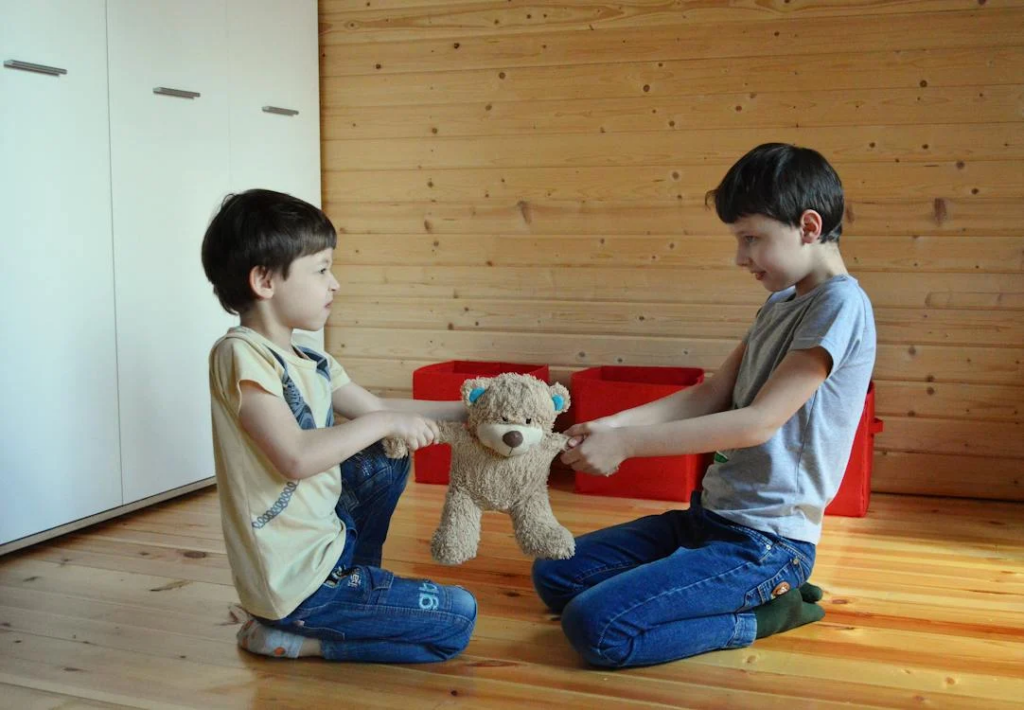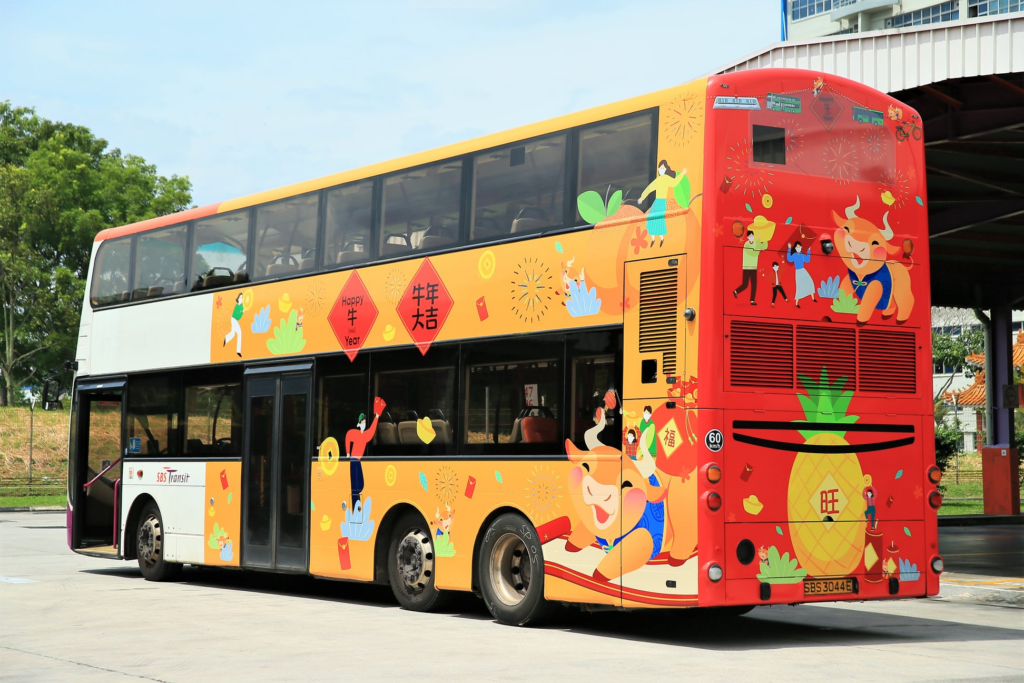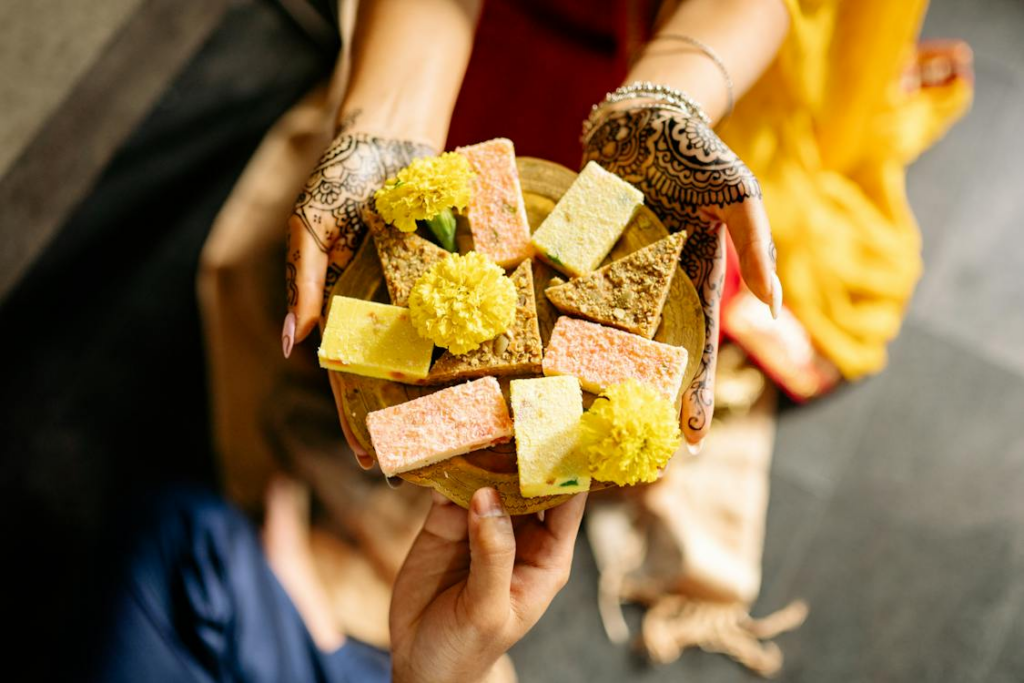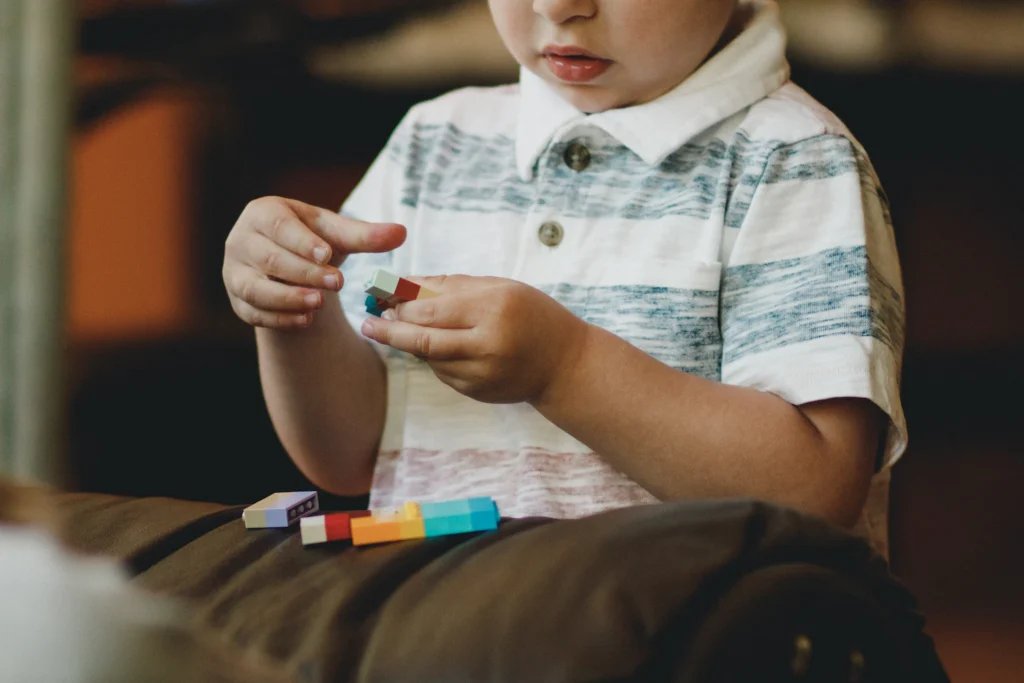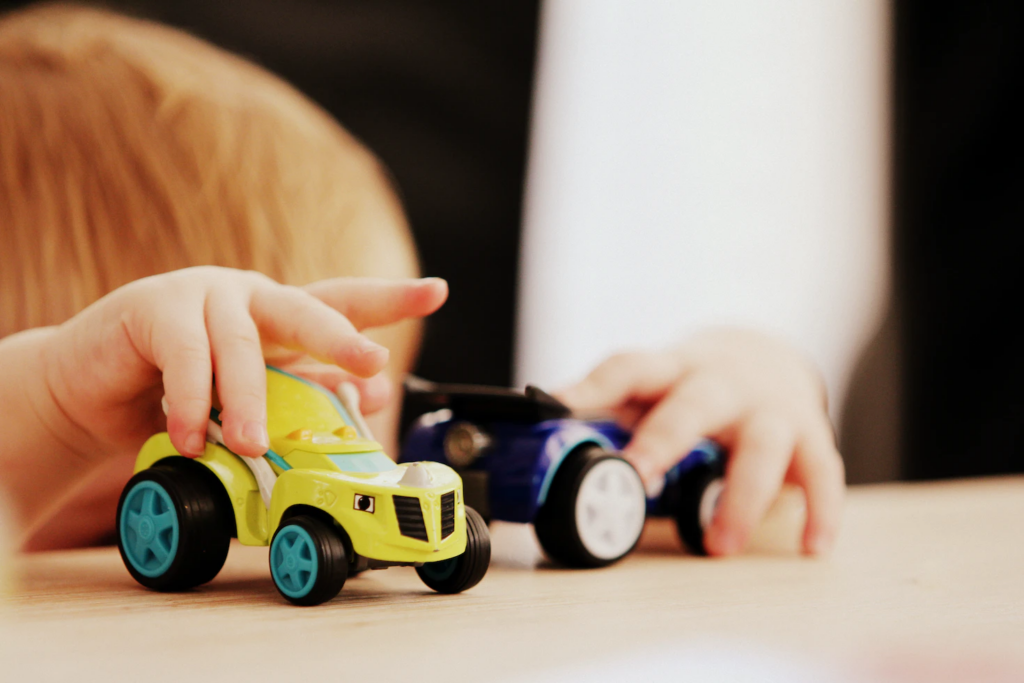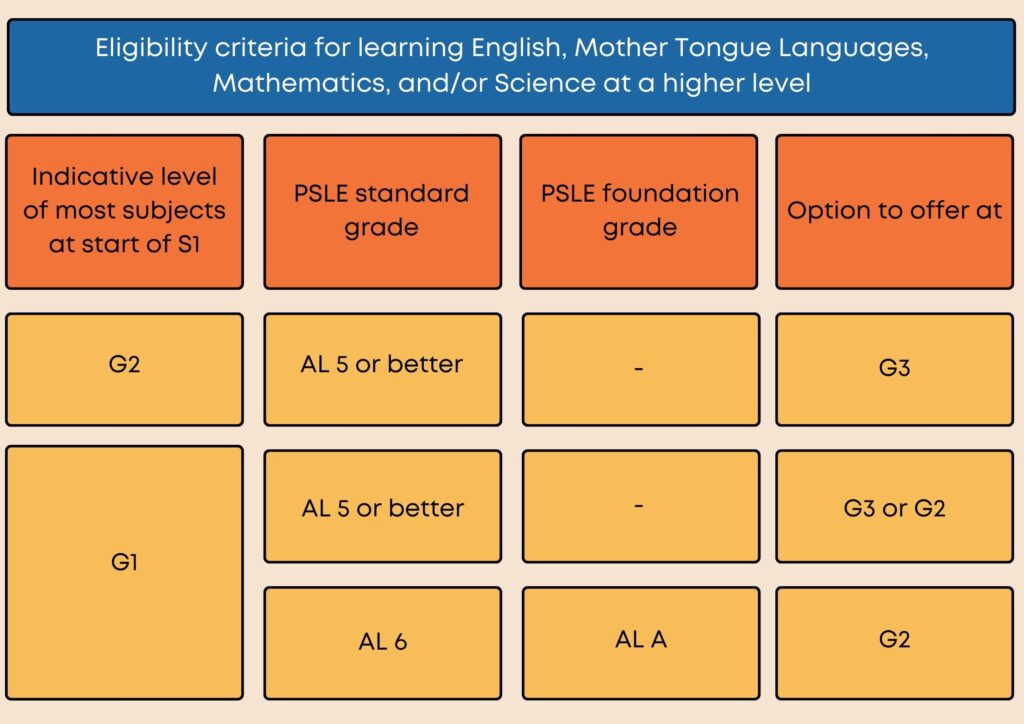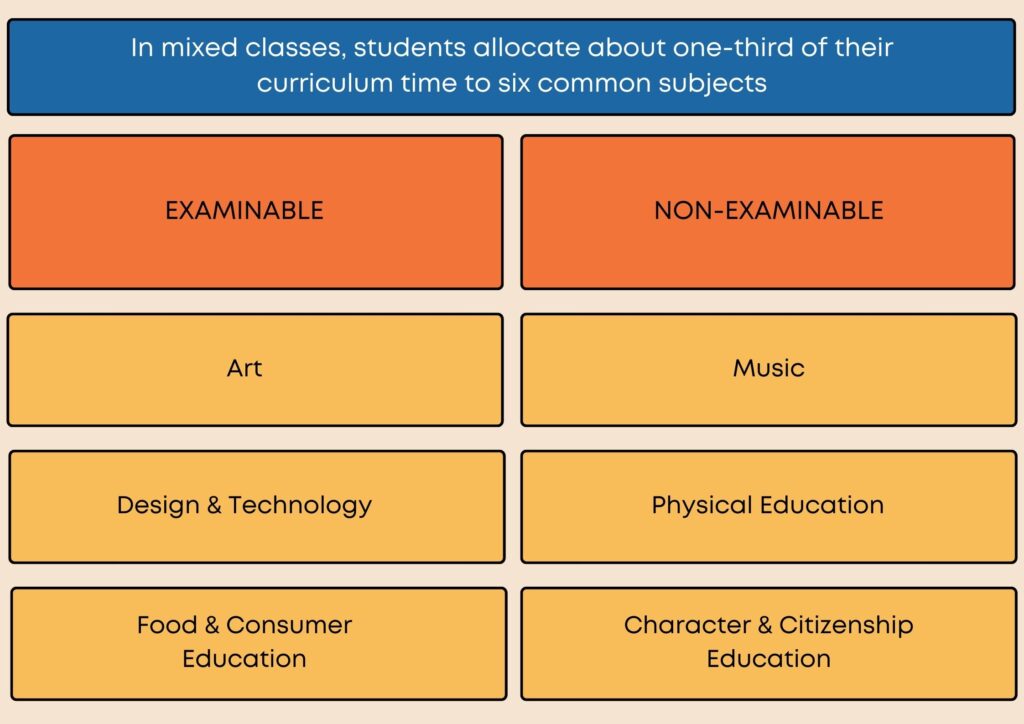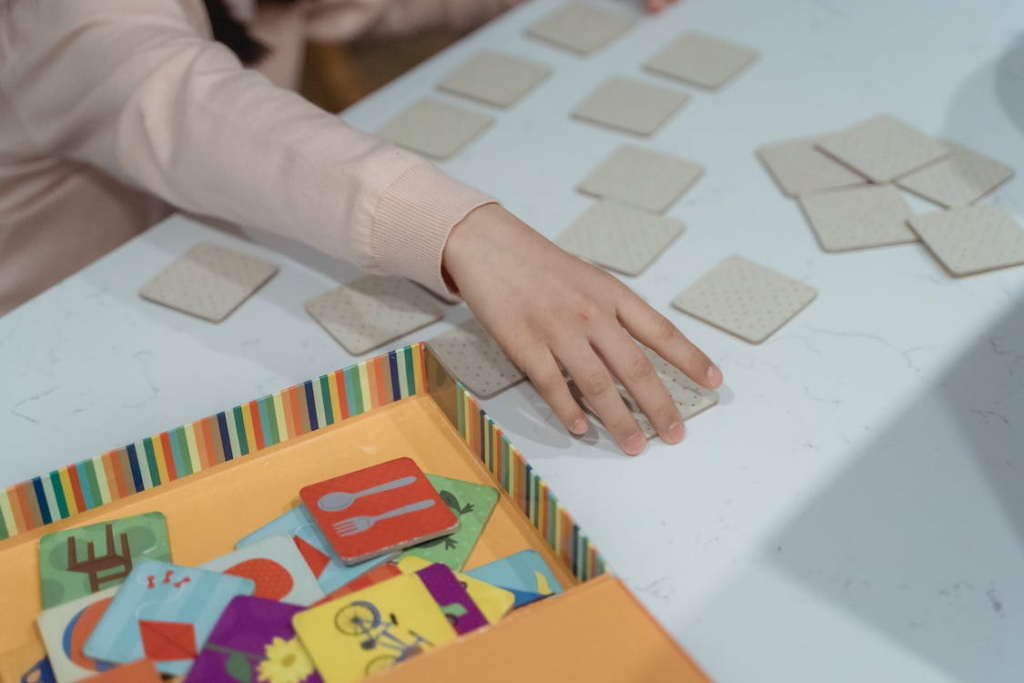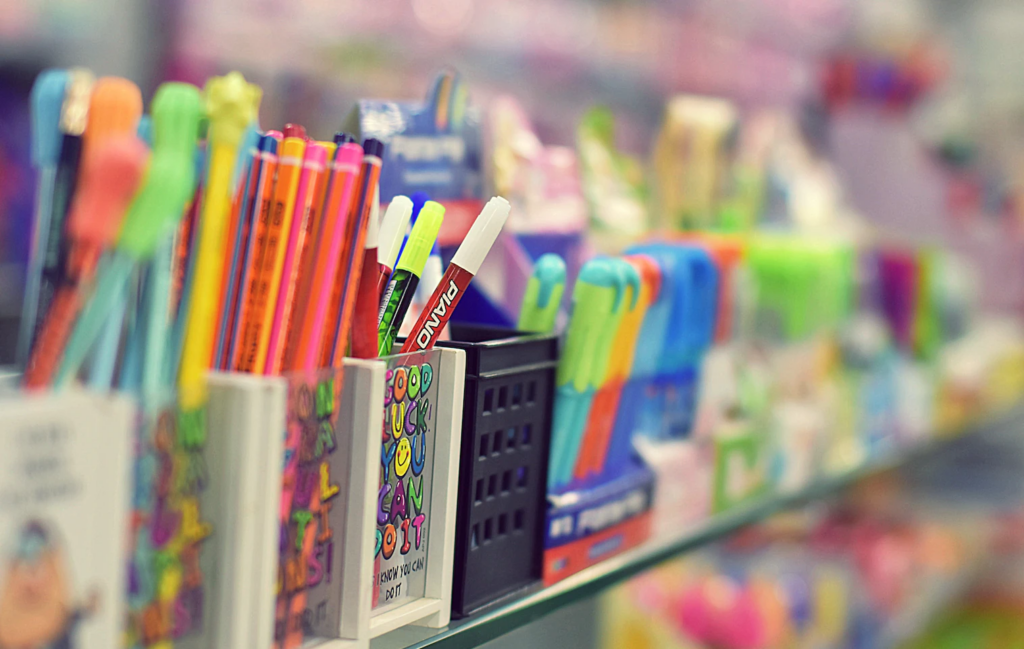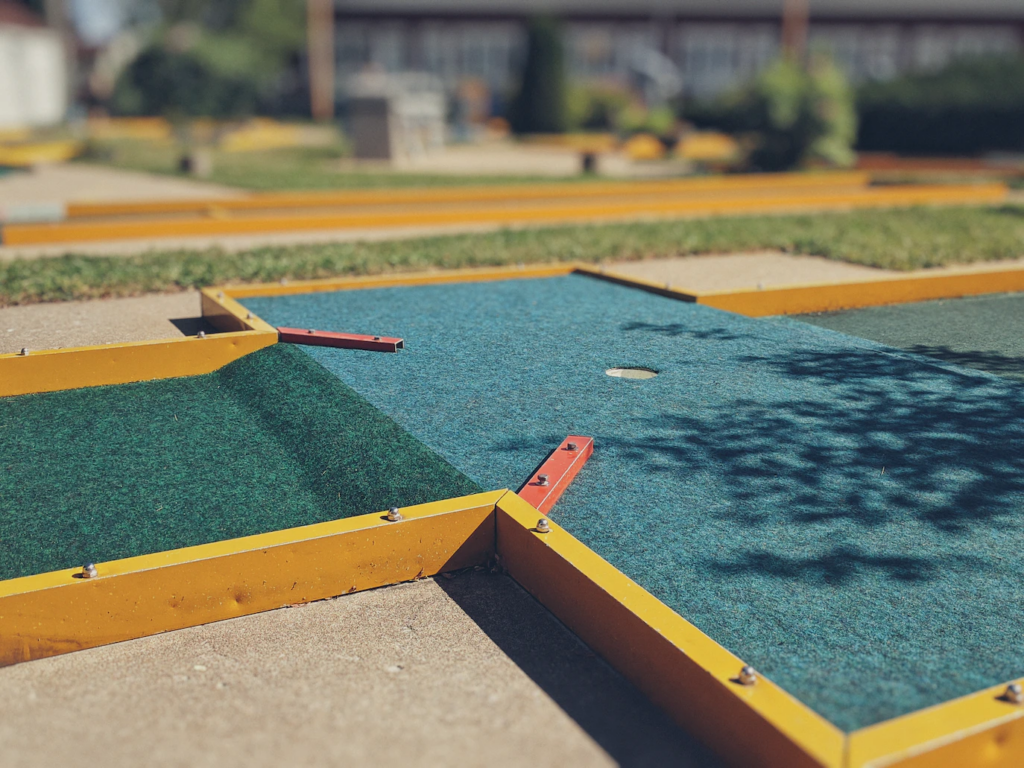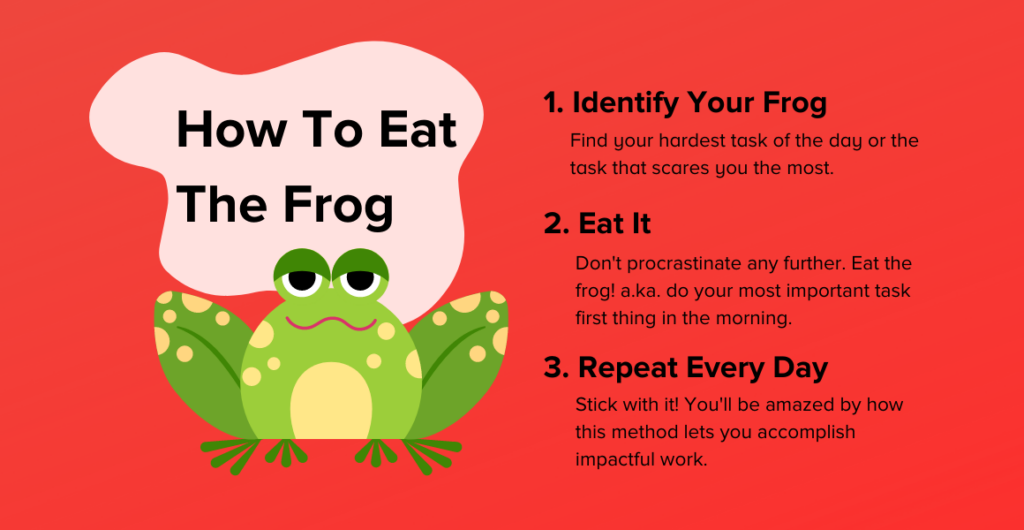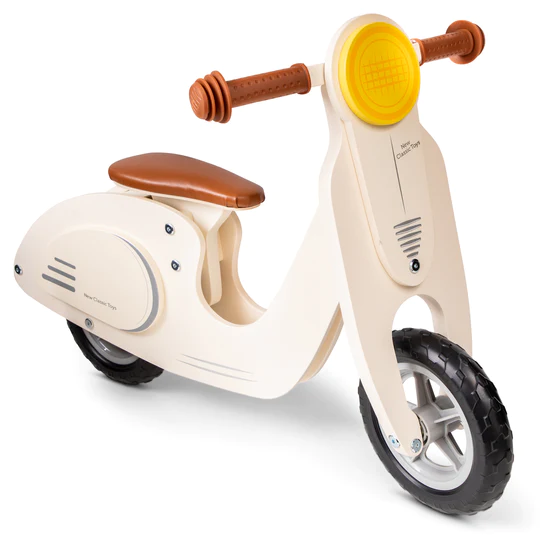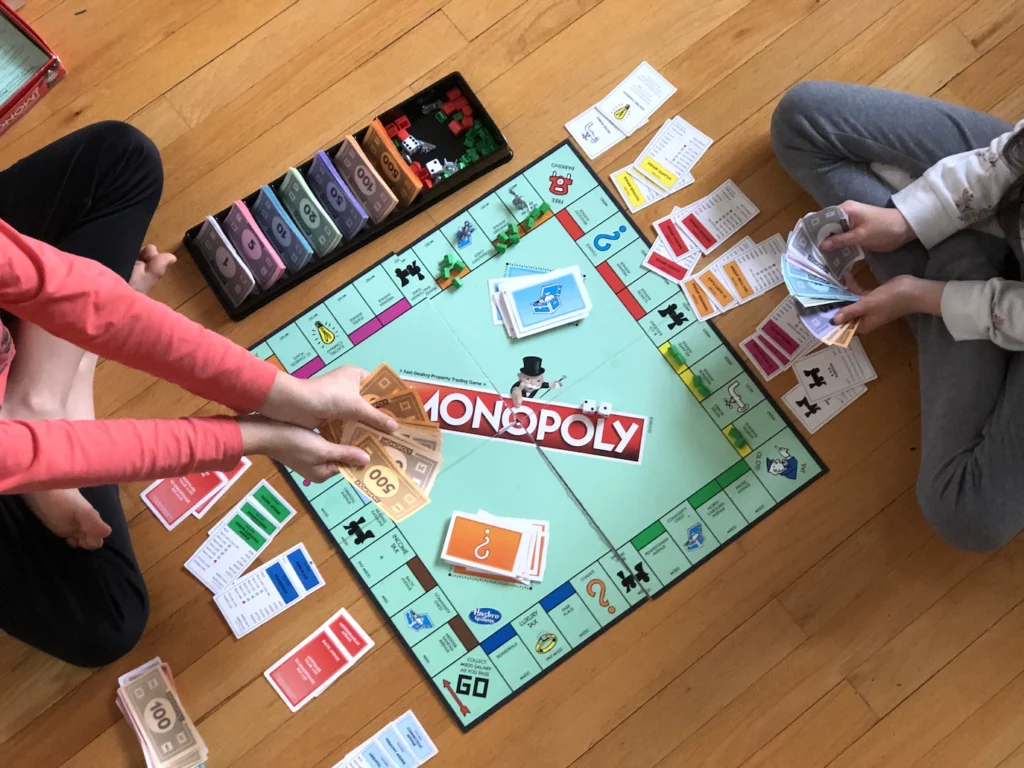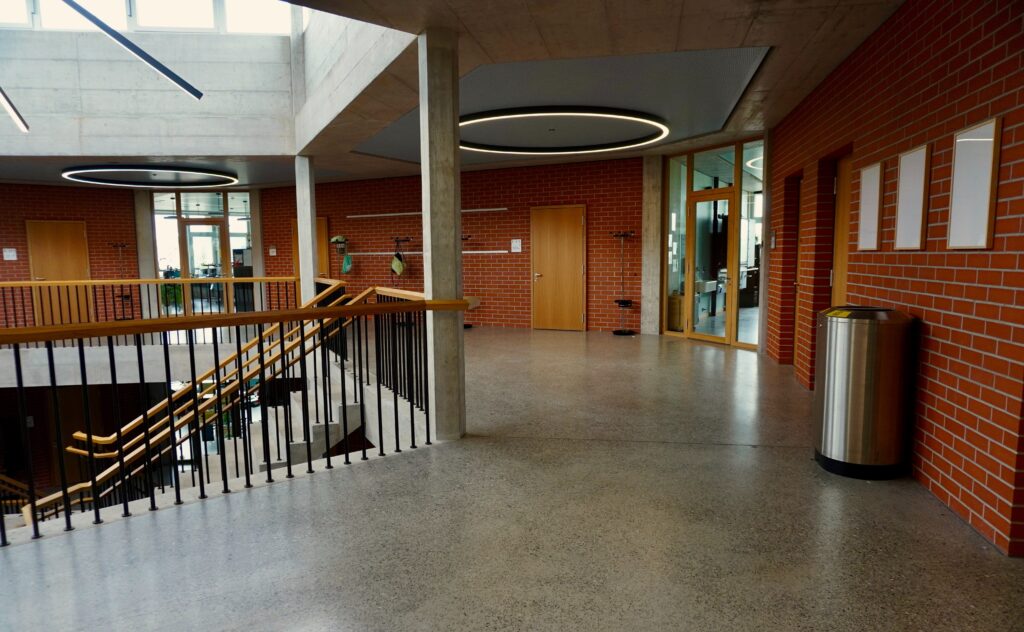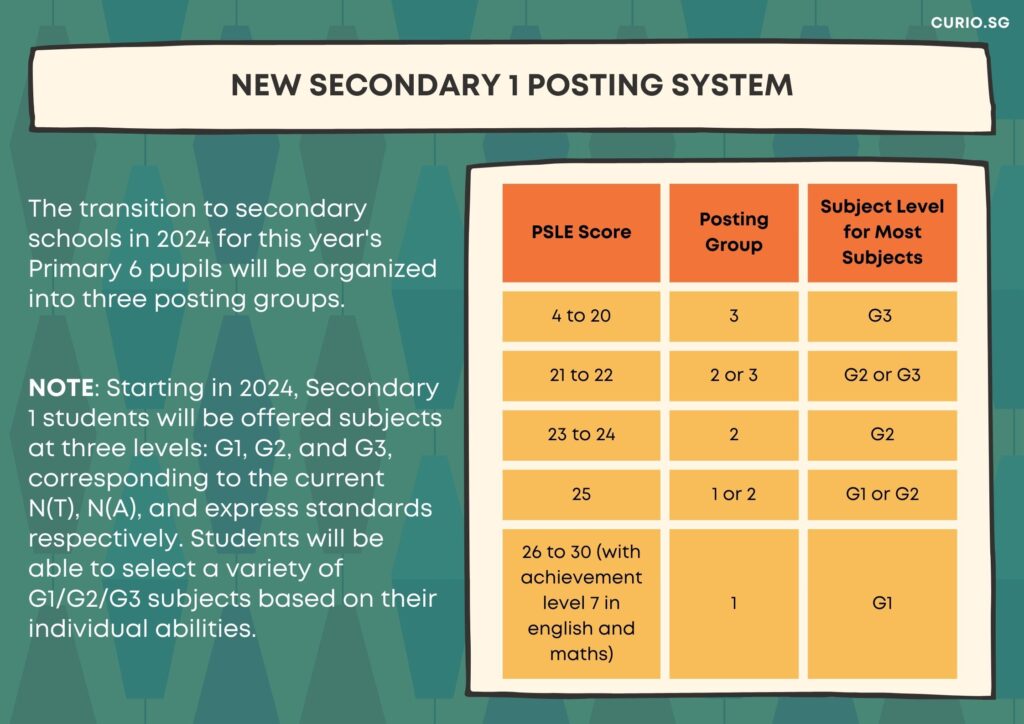"Facing academic challenges builds resilience; it's not about the setbacks, but how children bounce back that truly matters."

Navigating academic challenges is an essential part of a child’s educational journey. Receiving less-than-desirable scores can frequently serve as a watershed moment for growth and introspection. Children will undoubtedly suffer obstacles in their pursuit of academic achievement. Yet, what really counts is how they tackle these setbacks, showing their grit and resolve. In the following article, we look at five strategies that that could aid students in regaining their academic footing and coming out stronger.
1. Request Feedback

Many students are either afraid of approaching their teachers or simply assume that these educators won’t have the time for them. Seeking feedback from teachers can be a crucial step for children bouncing back from bad grades. They shouldn’t hesitate to reach out to their teachers for insights into where they may have faltered. Asking teachers to review their assignments or exams not only demonstrates their willingness to learn but also provides valuable insights into their mistakes. Understanding the feedback offered allows children to pinpoint areas for improvement, giving them a clear roadmap for tackling similar tasks in the future. This proactive approach not only helps clarify misunderstandings but also strengthens the student-teacher relationship, making it easier for students to grow and improve over time.
By actively requesting feedback, children demonstrate that they value their teachers’ expertise and are eager to study hard to improve their comprehension. They should use the opportunity to learn from their mistakes and utilise feedback as a springboard for academic advancement. Remember that teachers are there to support students throughout their educational journey, and by connecting with them positively, they lay the road for future academic achievement.
2. Learn from Mistakes
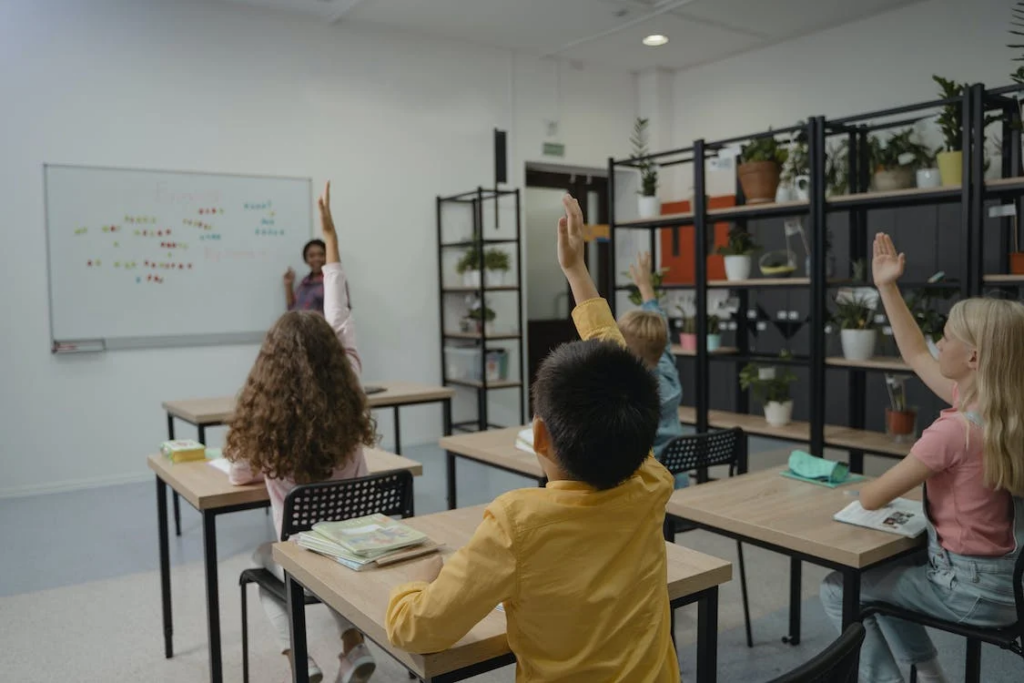
When faced with a disappointing result, students must reflect on the feedback and determine where changes can be made. They should analyse the reasons for the grade and use them as guidelines for future tasks or exams. If time management is an issue, students should develop and adhere to a timetable that allows for effective study periods. If they are having difficulty understanding the subject, they should not hesitate to seek additional resources or support from their teacher or peers.
Many students are shy about asking questions in class. The fear of being laughed at by classmates or wasting time may prevent them from asking. Encouraging them that it is okay to ask questions and reassuring them that teachers are willing to help students facing difficulties can be helpful. If they are too shy, they can approach their teachers privately during school breaks or after school.
It is not about avoiding mistakes entirely, but rather about learning from them and coming out stronger on the other side. Accept the learning process and allow each setback to lead them toward higher academic accomplishment.
3. Create a Solid Plan

Children must strike a balance between correcting past mistakes and keeping up with present homework. A well-thought-out approach guarantees that children don’t sacrifice the quality of their latest assignment while also addressing areas where they may have fallen short earlier this semester. By properly arranging their activities and deadlines, they may prioritise and deploy time and resources where they are most required. Read How to Set Goals and Achieve Them in the New School Year.
Parents should think about using school breaks and vacation days strategically to tackle looming homework and relieve some of the strain. These breaks provide essential opportunity to concentrate on larger projects or catch up on overdue responsibilities while avoiding the pressures of regular academics. By taking advantage of these opportunities for rest, people can make great progress toward improving their academic standing while maintaining a healthy work-life balance.
4. Organise Notes

Teaching your children how to organise their notes effectively can significantly enhance their ability to study and retain information. Begin by guiding them to categorise their notes by subject and topic and sub-topics, helping them establish a structured framework for easy reference. This methodical approach ensures that pertinent information remains easily accessible, minimising the time spent searching for specific topics during review sessions.
To augment clarity and comprehension, encourage the use of headings, bullet points, and highlighting techniques within their notes. Explain how headings delineate different sections, providing a logical flow to their study materials.
Consider involving your children in the process of integrating colour coding into their note-taking system to further enhance organisation and facilitate cognitive associations. Guide them in assigning distinct colours to various topics or concepts, which fosters visual differentiation, aiding in content categorisation and comprehension. Read 5 Ways to Take Better Notes in Class.
5. Explore Enrichment Hobbies
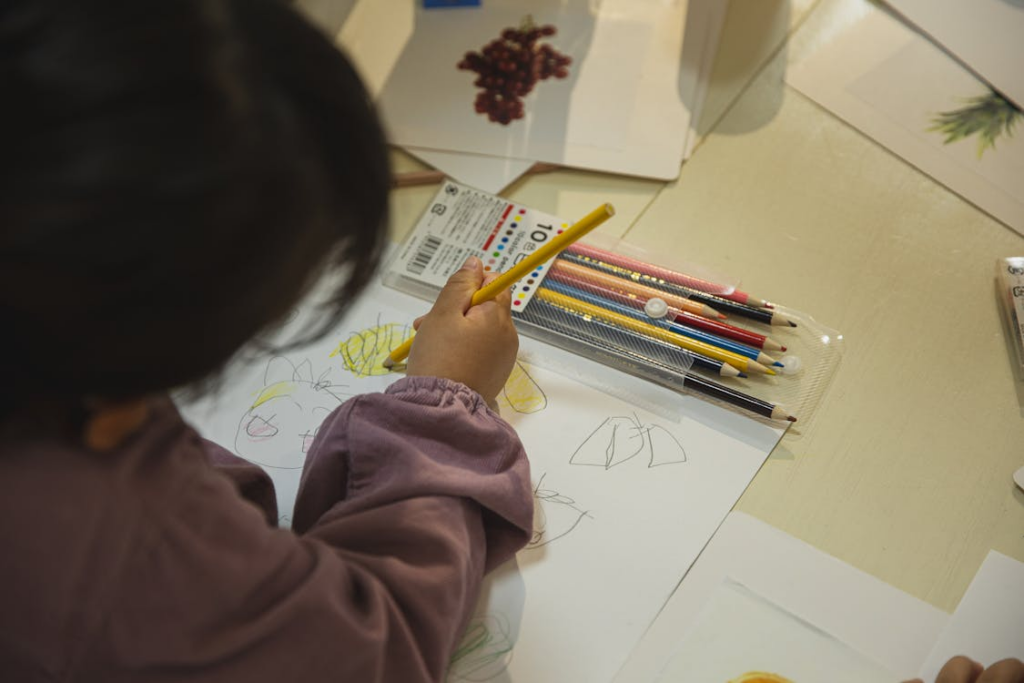
When considering hobbies, opt for activities that offer more than mere entertainment. Aim for pursuits that contribute positively to your child’s growth and development. Activities like reading, writing, drawing, playing musical instruments, coding, or even cooking provide a range of cognitive benefits that extend beyond leisure.
For example, engaging in hobbies such as reading and writing can help expand your children’s vocabulary, improve their comprehension skills, and stimulate their imagination. Similarly, drawing provides a creative outlet that encourages self-expression and visual problem-solving, while playing musical instruments nurtures discipline, coordination, and auditory processing skills. Read 5 Educational Courses for Kids in the Holidays.
6. Consider a Tutor

If children find themselves grappling with the stress of homework overload and struggling to keep up with their grades, you should consider enlisting the help of a tutor to navigate the remainder of the semester for your children. A tutor can be a valuable ally in their academic journey, offering personalised support and guidance to help them salvage their grades. Whether your children are facing challenges in specific subjects or simply need an extra boost to stay on track, a tutor can provide the assistance they need to thrive academically. Read The Cost of Tuition in Singapore: 2024 Edition
English tuition is important in today’s education scene, especially since English is a core subject for students, whether they’re gearing up for O level or A level exams. At Curio.sg, we offer online English language and literature tutoring tailored for secondary school and JC students. Our tutors aren’t just familiar with the curriculum; they’re also skilled at teaching their subjects effectively. With experienced NIE-trained and ex-RGS teachers, , we provide personalised guidance and resources to help students excel in English and Literature. From mastering grammar and vocabulary to developing critical thinking and communication skills, our classes can make a real difference in helping students achieve academic goals and secure top grades.



